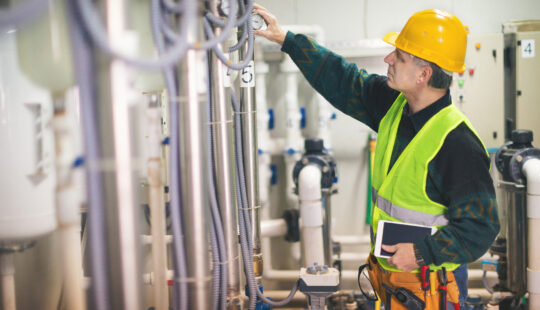What’s News
Nine whales recently washed up dead or dying on U.S. northeast beaches, not far from where hundreds of wind turbines are being constructed in the Atlantic. Although the National Oceanic and Atmospheric Administration and the Bureau of Ocean Management said that to date no whale deaths have been attributed to offshore wind projects, some environmentalists are calling for a study.
The massive project is part of the Biden Administration’s goal for such windmills to provide 30 gigawatts of power by 2030. The effort represents a huge boost for American manufacturing and job creation.
SAP’s Take
Whale well-being is just one hurdle the fledgling wind energy industry faces.
“The complexity of what needs to be done is what folks are struggling with,” said Darcy MacClaren, SAP North America senior vice president for digital supply chain and manufacturing. “The supply chain to do this is extremely complicated.”
The equipment is complex and specialized materials are required to make the turbine blades. The logistics of transporting the blades, which can be as long as a football field, is also challenging. Additionally, constructing something in the middle of the ocean requires special ports and harbors.
“There’s also a lot of uncertainty about the scope of such a supply chain and the development time frames needed to build these critical resources,” MacClaren said.
The level of investment required, the benefits to local communities and workers, and the gaps in existing manufacturing, ports and vessels remain uncertain, MacClaren explained.
One wildcard is regulation — not just from the federal government, but also from the myriad of local municipalities that can have a say. That could impede production, which would add risk and impact the investment needed to bring these projects to fruition.
“You’ve got to break down those barriers,” she said. “You’ve got to get all these organizations working together.”
While technology cannot change the regulatory landscape, it can help from a design, procurement, supply chain, logistics and manufacturing prospective.
“We can help set up a sustainable, resilient intelligent supply chain with all these involved parties,” MacClaren said. “If we can solve the uncertainty of the future — the regulation issues that people are concerned with — we can set up a strong foundation to help create a supply chain for offshore and the wind energy industry.”
“The initiative needs a catalyst, an industry proponent that blasts through obstacles, brings disparate parties together and gets a viable industry off the ground.”
“We need an Elon Musk,” she said, referring to Tesla’s ability to successfully mass produce and sell electric cars. “We need a change agent. I’m not seeing that.”
Contact:
Ilaina Jonas, Senior Director of Global Public Relations, SAP
+1 (646) 923-2834, ilaina.jonas@sap.com



